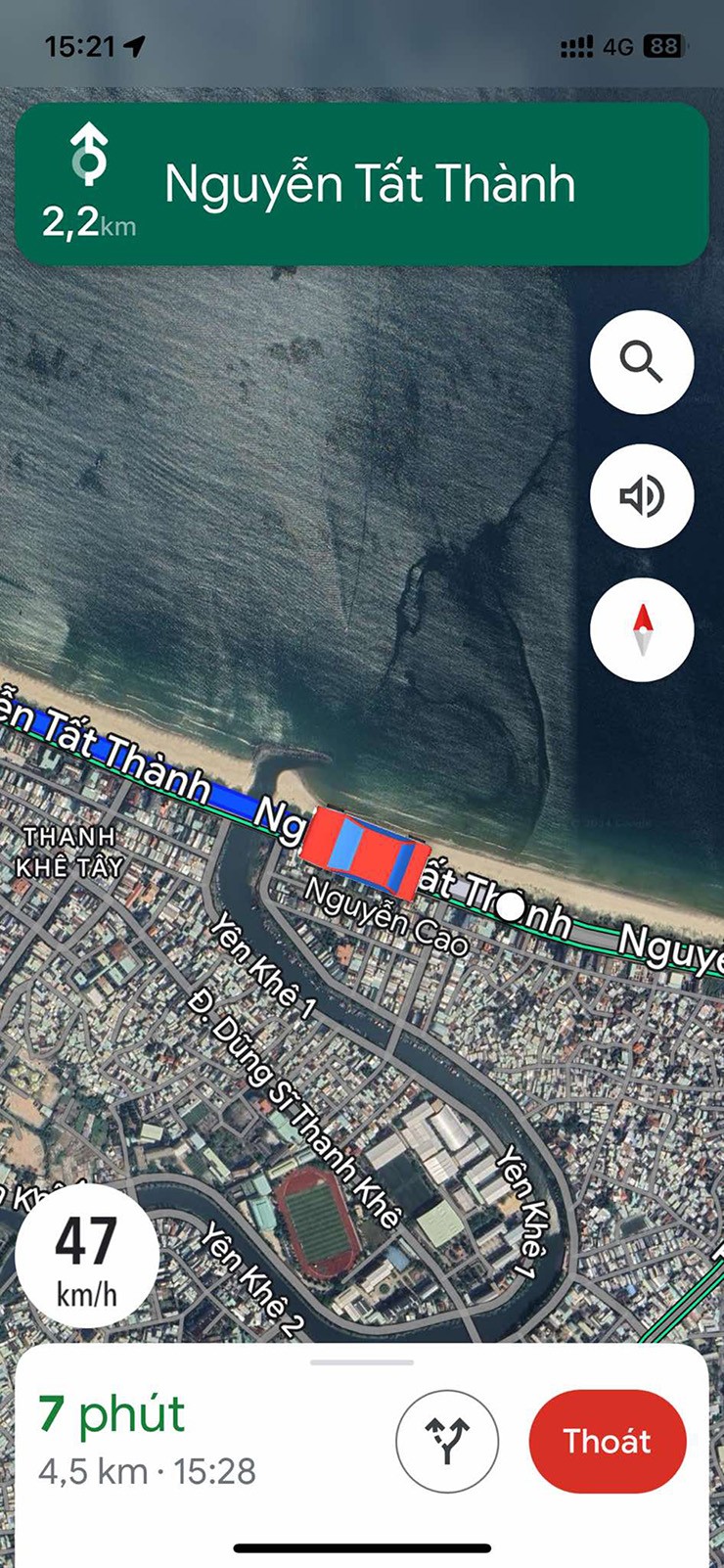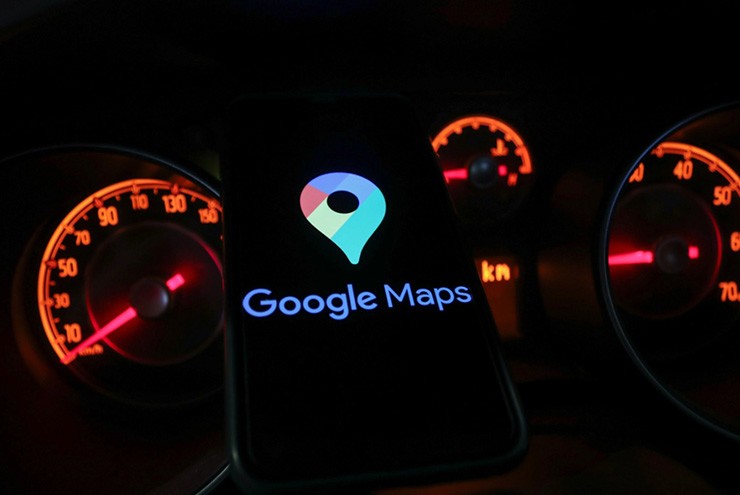Due to a UN regulation, the car's speedometer reading is not accurate to the actual speed.
Google Maps recently added a feature that displays the user's speed right on its navigation app, something that Waze has offered before. However, when using the navigation service, there is one thing that many people can realize in common: the speed displayed on them is often lower than the speedometer on the car's dashboard.
The speed displayed on the vehicle's clock must comply with United Nations regulations.
What explains this discrepancy, and which indicator is more accurate than the real thing? And we should look at the speedometer on the navigation app or the car's meter to ensure we are following the limit and avoid being fined by the authorities for speeding.
The first thing users need to know is that the aforementioned discrepancy is due to a pre-calculated function, not a bug. This function is set up based on a UN law regarding speedometers and odometers. According to the law, the indicated speed (i.e. the speed reading on the car's odometer) must not be lower than the car's actual speed, meaning that what is displayed on the car's dashboard must correspond to the actual speed or slightly higher, but never lower.
To be more clear, let's look at the formula as follows: the relationship between the indicated speed (V1) and the actual speed (V2) will be 0 ≤ (V1 – V2) ≤ 0.1 V2 + 4 km/h. Of these, (0.1 V2 + 4 km/h) is the regulation in Europe so it can vary depending on the regulations in each country or region. If the formula number is confusing, people can simply understand it as "the maximum error of the vehicle's speedometer compared to the actual speed is 10% + 4 km/h". So, if we actually go at a speed of 100 km/h, the speedometer can display 100 km/h or give a number up to 104 km/h.

Google Maps or Waze speedometers are said to be more accurate than car odometers.
As a result, the speedometer reading will always be equal to or faster than the actual speed. This requirement is made by law makers to ensure safety. When drivers pay attention to the speed displayed on their car's speedometer, they will feel that they may be going over the speed limit of the route and must slow down to comply with the law, both to avoid being fined and to ensure safety while driving.
Navigation apps like Google Maps and Waze do not have to comply with UN regulations for speed readings. Instead, they calculate a user’s speed using GPS signal data, which is based on changes in geographic location over a period of time. While not error-free, evaluations have shown that this data has a lower error rate than a vehicle’s speedometer, resulting in a more accurate number.
Of course, that is only based on theoretical calculations because whether or not to fine a speeding ticket still depends on the speedometer used by the authorities.


